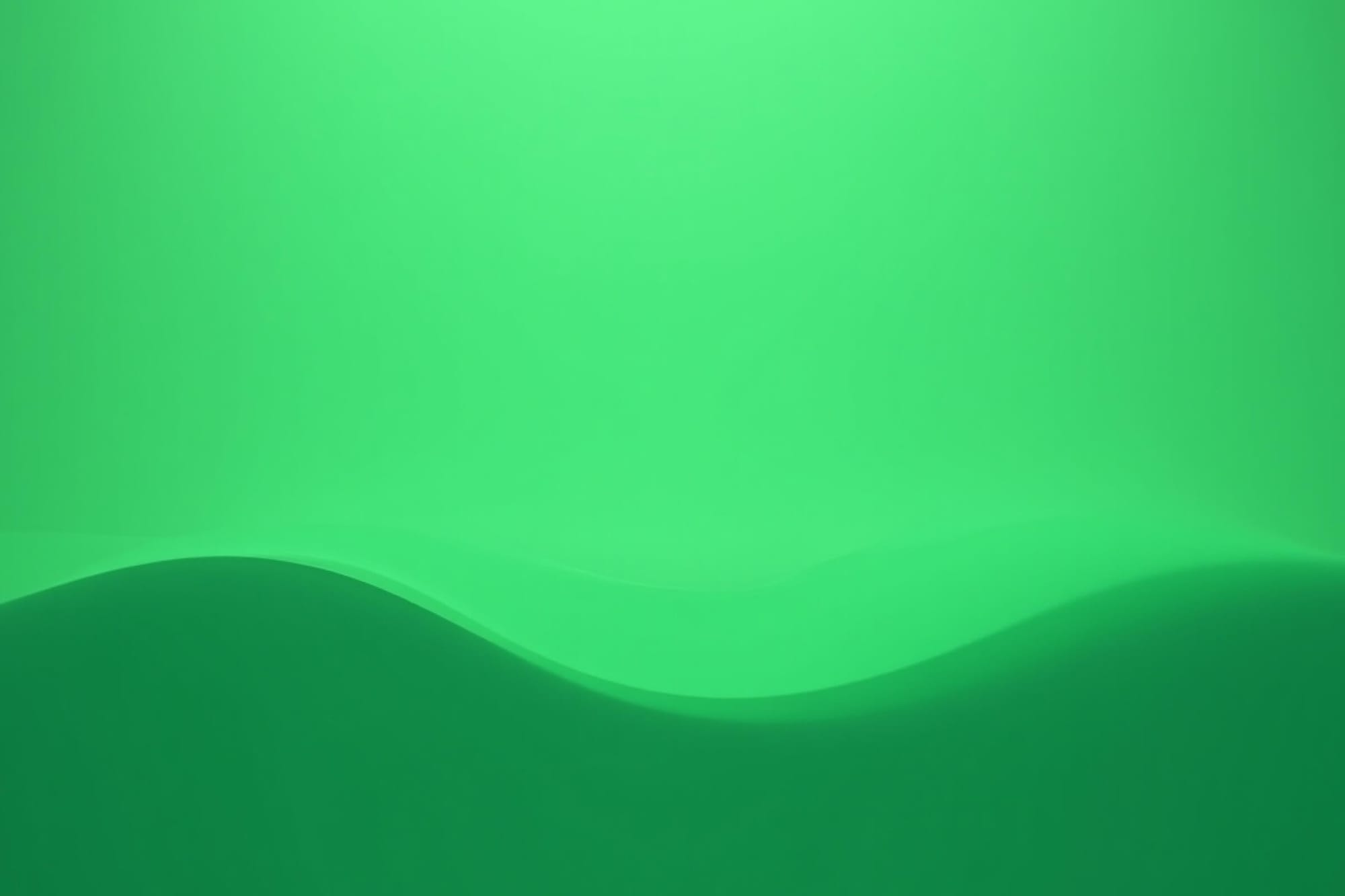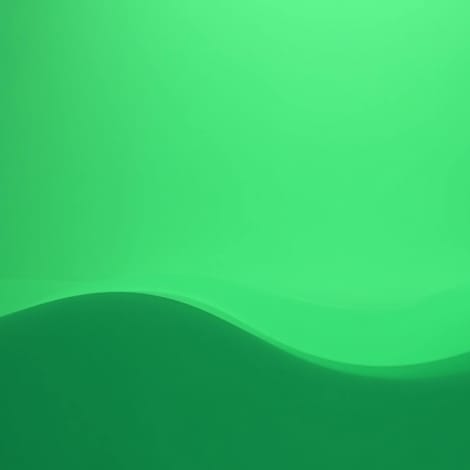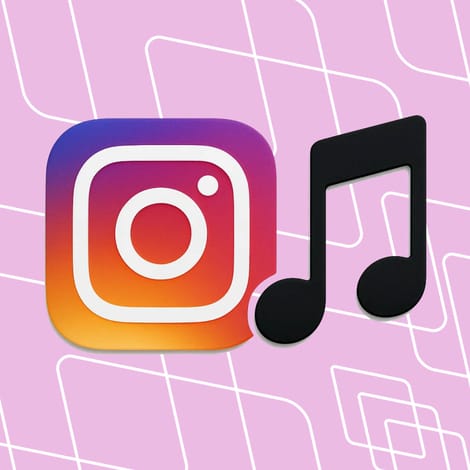Green Noise: What Is It and How It’s Used in Content Creation
At ProTunes One, we’re always exploring the soundscapes that shape focus and creativity — and green noise is no exception. A blend of natural frequencies reminiscent of gentle waves or rustling leaves, green noise offers a calm, balanced backdrop ideal for concentration and relaxation.
Table of contents

If you’re a content creator (or just a person living in the modern world like the rest of us), you have probably heard of white noise. We use it for several different things, whether drowning out distractions while trying to sleep at night, testing audio equipment, or aiding attention and focus while working.
But lately, a lesser-known sibling has started buzzing into creative spaces: green noise.
I like to think of it as the audio equivalent of a walk in the woods. And while it may sound made up, it has actually been shown to be incredibly useful for both health and wellness and content creation.
In this guide, we want to unpack what green noise is, how it compares to other types of “noise,” and why more video editors, podcasters, and sound designers are reaching for it.
What is Green Noise?
Green noise is a specific type of sound signal that falls in the mid-frequency range, roughly around 500 Hz. If that doesn’t mean much to you, think of it this way:
It sounds like gentle wind in the trees, ocean waves, or distant rain. It’s a blend of soft whooshing frequencies that mimic nature’s ambient noise.
The term “green” isn’t scientific. It comes from the noise’s close association with natural environments. You’re not going to find it listed in a physics textbook next to white or pink noise, but it has become a common shorthand in wellness and audio production circles for a very specific, calming auditory texture.
Different Types of Noise
Of course, green noise doesn’t stand alone in the world of noise. Knowing what it’s compared to can give us a better grasp of what it is. Each “color” of noise refers to the way energy is distributed across frequencies.
- White Noise: All frequencies at equal intensity. Think of the static when your TV can’t pick up a channel. It’s great for masking other sounds, but can be harsh.
- Pink Noise: More power in the low end, less in the high. Think steady rainfall or rustling leaves. It’s softer than white noise and is often used for sleep because of its soothing properties. Unlike green noise, however, it’s scientifically measurable.
- Brown (or Brownian) Noise: Even more low-frequency dominance. Like distant thunder or a waterfall. It’s deeper and rumblier than white and pink noise.
- Blue Noise: The opposite of brown. It has more power in high frequencies, giving it a sharp and hissy quality. It’s occasionally used in dithering (audio and image processing).
- Purple (or Violet) Noise: This is a more extreme version of blue noise that’s rarely used outside of technical audio fields, like testing and audio synthesis. With that said, it’s great for masking high-frequency sounds.
- Grey Noise: Adjusted to sound equally loud at all frequencies to the human ear. It's white noise, but tuned for perceived balance.
- Green Noise: Lives near the center of the hearing range. It’s smoother than white, not as deep as brown, and easier on the ears over long periods.
The Major Benefits of Green Noise
Before we get into the weeds on green noise and content creation, let’s quickly discuss why it became such a viral sensation in the first place.
Better Sleep
In a 2024 Gallup News survey, nearly 57% of Americans reported difficulty sleeping. While there are many causes for this lack of sleep, environmental noise is one of them. Green noise has gained popularity on platforms like TikTok and Spotify as a background track for sleep, offering a less intrusive alternative to traditional white noise.
Because green noise doesn’t have the harsh hiss of high frequencies, it’s less likely to trigger sensory fatigue, especially for light sleepers.
Relaxation and Focus
Whether you’re editing footage or writing scripts, green noise can help lock you into the ‘zone.’
A 2021 study in Frontiers in Psychology noted that natural-sounding ambient noise reduced cognitive load during repetitive tasks. Green noise sits in the sweet spot. It’s there when you need it, but it won’t hijack your attention.
Blocking Distractions
Need to drown out street noise, roommates, or the music of that coffee shop you like to work at?
Green noise’s mid-frequency strength makes it ideal for masking moderate ambient sounds without feeling too over the top.
Does Green Noise Have Health Benefits?
Here’s where things get murky. There’s anecdotal buzz, but not a lot of published research yet. That said, there are clues that it can be beneficial:
- Anxiety and ADHD: A 2025 study from the South Eastern European Journal of Natural Health found that green noise could reduce anxiety in patients during medical treatments, and that pink and green noise may work similarly for some listeners, especially those with sensory sensitivity.
- Tinnitus Relief: The American Tinnitus Association acknowledges that certain sound therapies, often involving pink or white noise, can mask the ringing in the ears. Green noise, with its mellow mid-frequencies, may be more tolerable over longer sessions.
- Placebo or not? The science is still out, but if it helps you focus or feel calm, that’s worth something, especially in a high-pressure creative workflow.
How It’s Used in Content Creation
Here’s where things get interesting. While green noise was once confined to sleep playlists and wellness apps, it’s now finding a place in video production, podcasting, and even branded content. Here are a few ways pros are weaving it into their workflows:
Filler Audio That Doesn’t Feel Like Filler
If you’ve ever had to bridge an awkward edit gap in a YouTube vlog or podcast, green noise can act as a subtle audio bed. It smooths transitions without sounding like obvious background music. Think of it like neutral lighting for your ears.
Soundtrack for B-Roll or ASMR
Green noise is a natural fit for clips involving nature, travel, or mindfulness content. Many creators use it under B-roll when showing off their morning routines, forest hikes, or journaling. It works especially well when mixed at low volume behind Foley sounds.
ASMR channels have also experimented with layering green noise under whispering to add depth and warmth without taking the spotlight away.
Content for Sleep Streams & Study Loops
There’s a growing niche for “focus content.” You’ve probably seen those 10-hour YouTube videos designed for studying, coding, or relaxation. Channels like “LoFi Girl” and “Chillhop Music” have made this mainstream, but creators are now producing similar content with green noise at the center.
Creative Ambience in VR and AR
VR content creators are tapping into ambient sound design to make virtual spaces feel immersive. Green noise can act as a subtle layer in scenes meant to mimic calm environments, like forest clearings or zen meditation rooms. It gives the illusion of natural space, even when nothing is happening visually.
Quick Fix for Bad Room Tone
If you’ve ever dealt with inconsistent room tone in interview footage or voiceovers, green noise can help. A looped green noise bed (low in the mix) can smooth over minor differences in background noise between takes.
Where to Find It
Green noise isn’t hard to source, but not all audio, as we know, is created equal. To get quality green noise, here are a few options:
- YouTube Channels: Try “Green Noise 10 Hours” or “Mid Frequency White Noise” for royalty-free tracks.
- Spotify & Apple Music: Search “green noise” and you’ll find hours-long loops used for sleep and meditation.
- Noise Generators: Sites like myNoise or A Soft Murmur let you tweak the frequency mix until it feels right for your project.
- Record Your Own: Get out in the world with your smartphone or recorder and capture your own nature samples to turn into loops for your content.
Pro tip: If you’re planning on using green noise from YouTube or Spotify for a commercial project, always double-check licensing. Many of those uploads aren't cleared for commercial content.
Wrapping It All Up
Green noise might not have the name recognition of its white or pink siblings, but it’s quietly becoming a favorite among creators looking for a softer, steadier, more nature-oriented sound.
Unlike traditional background music, green noise doesn’t ask for attention. That’s kind of the point. It supports your content without competing with it.
If you’re tired of digging through royalty-free music libraries for hours, never to find the perfect song you’re looking for, you’re not alone. That’s where platforms like ProTunes One come in.
ProTunes One offers a massive collection of background tracks to pair with your green noise, using an intuitive AI-powered search. No copyright issues. No buried license clauses. Just clean, customizable music that works.
Whether you’re producing a YouTube doc, launching your next sleep podcast, or just trying to stay sane during a three-day edit sprint, ProTunes One has the track you need. Try it today and take the guesswork out of audio.






